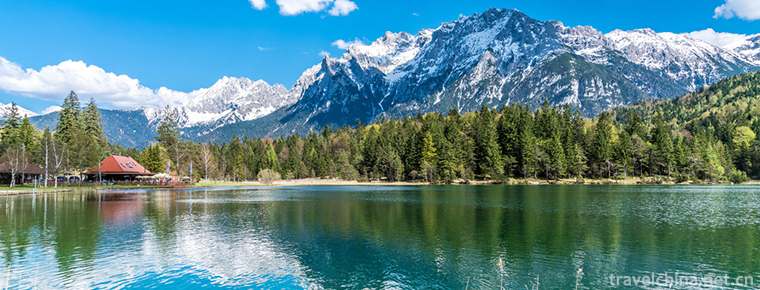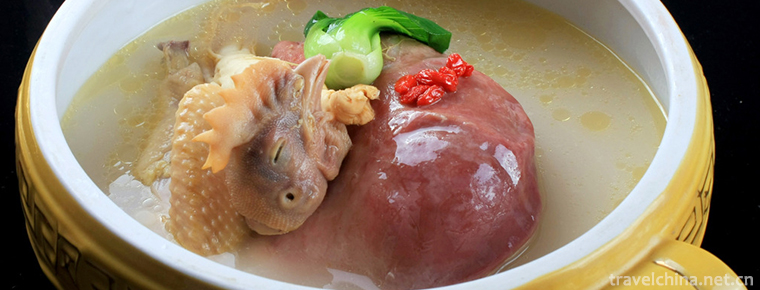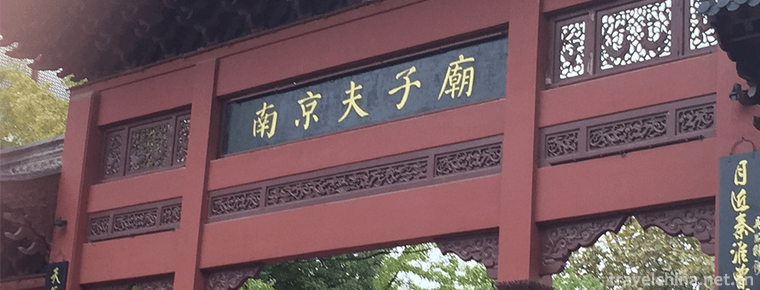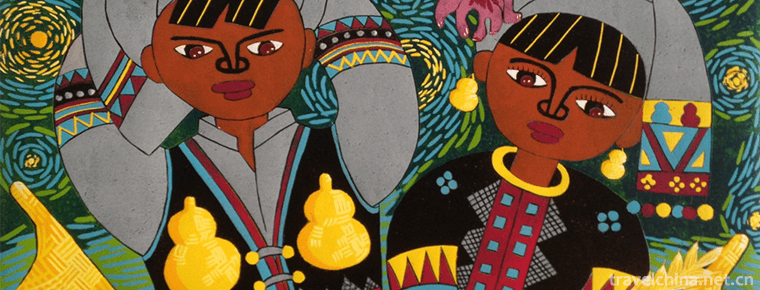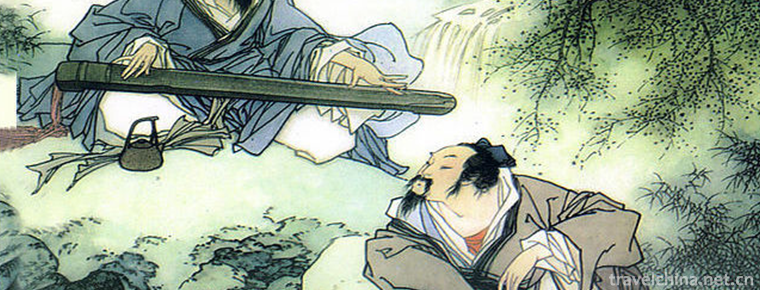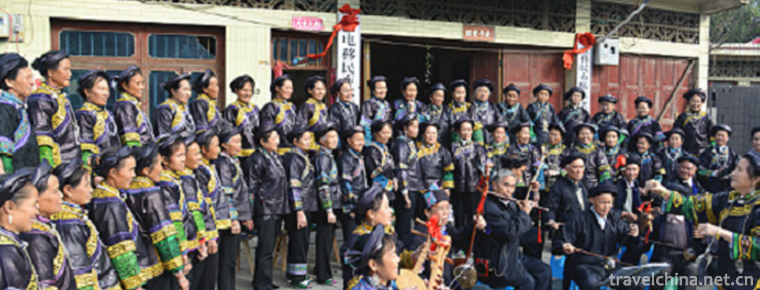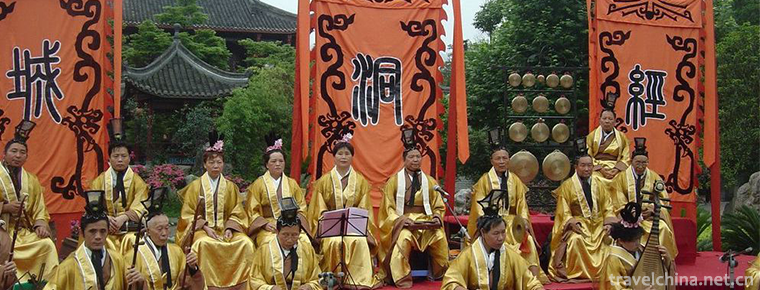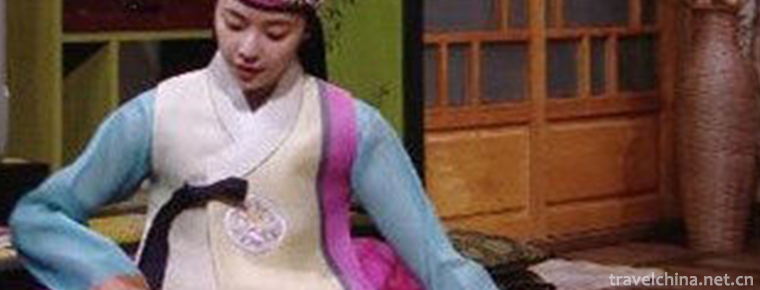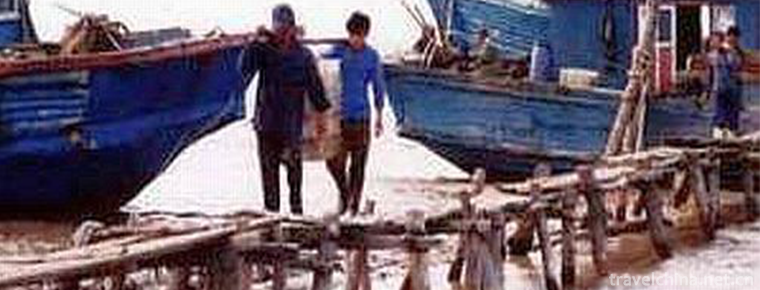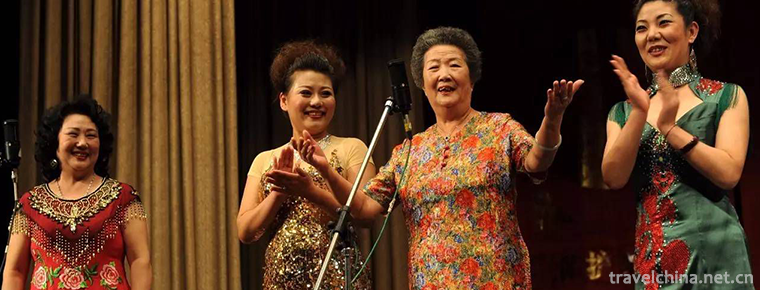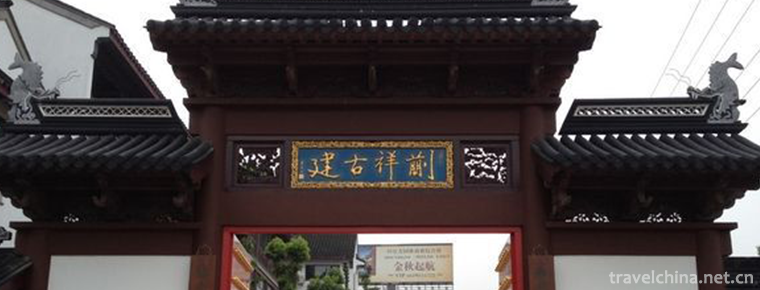Daur traditional Hockey
Daur traditional Hockey
Daur's traditional hockey sport is called "Bei Kuo Taj Ke Bei" in Daur language. Bei Kuo refers to a bat. The Daur bat is made by grinding oak wood with curved roots and straight branches. In Dalian, the ball is called "Park Le". Its size is like baseball. There are three kinds of balls: wooden balls, wool balls and fireballs. Occasionally, bone balls are also used. Wood balls are made by grinding oak roots; hair balls are made by rubbing animal and animal hair; fireballs are mainly used for night sports. They are made of hardened white bacteria growing on birch trees. Their shells are hard and hollow. The balls are perforated through several holes, injected with light, and the fireworks will not extinguish after ignition.
On May 20, 2006, the heritage was approved by the State Council and listed in the first batch of national intangible cultural heritage list.
brief introduction
The Daur people living on the Nenjiang River in northern China loved hockey very early. Hockey is the favorite traditional sport of the Daur people. It has a long history and has been spread among the people. In Daur, hockey is called "Bolley" and hockey is called "Boeykuo" or "Beikuo".
Due to the long and cold winter, the Daur people have a special preference for sports called Boyikuo. Hockey sticks are made from oak trees grown on the local hills. The batting part is long and flat, like a hockey club. The Daur hockey team has won many awards in domestic and international competitions. The self-made flag of Molidawa Daur is called "Hockey Town", and the Daur area has become the birthplace of modern Chinese hockey.
Tracing to the source
According to historical records, the ancient Qidan people of Liao Dynasty in China loved hockey best. The Tang and Song dynasties before Liao Dynasty were also very popular. The names of the pioneers of hockey in ancient China can not be verified, but it is certain that, at least in the early Tang Dynasty more than a thousand years ago, the ancient hockey sport has been prevalent. A colorful vase of the Tang Dynasty in the existing British Museum and an embroidered silk silk silk in the existing Japanese Orthodox Courtyard are all painted with patterns of children playing hockey in the Tang Dynasty.
Surprisingly, all hockey players were women at that time. The Tang Dynasty palace lyrics contained the phrase "paving two sides of the palace, playing football in the cold food palace". The football here refers to hockey. On the day of Cold Food Festival, the women of that time went to the palace to perform hockey for the emperor.
The football games of Tang Dynasty and Northern Song Dynasty, as well as the Boyikuo of Daur nationality, are very similar to modern hockey. The image of "football" can also be seen on two tapestries of the Tang Dynasty preserved to this day (now preserved in Beichang, Zhengcang Yard, northwest of the Buddhist Temple in Nara, Japan). The shape of the bat used by the Daur people is similar to that used by the "step playing" bat on the felts of the Tang Dynasty. Besides length and weight, it is also similar to modern hockey.
With the passage of time, this movement disappeared in other nationalities of our country. Only Molidawa was handed down from generation to generation by the Daur people and became the most popular sports movement among the Daur people. Nowadays, this hockey sport is mainly distributed in the Daur community of Molidawa Daur Autonomous Banner in Inner Mongolia. Locals call the game Boyko, meaning "bent stick". They call the ball "wave train".
Sports characteristics
The rules of wide play are similar to those of hockey today. There is a battalion gate at each end of the stadium. There are 11 players in the two teams and one keeper in each team. There were two guards in front of the door, and the others attacked each other. Starting from the center of the court, scoring in the opponent's battalion is the score, and the winner is the one who scores more. A referee is in charge of the referee's work on the court. Young people play wool and young people play wooden. On bright spring nights, young people often hold fun fireball matches on the broad lawn beside the village. This form of hockey is especially attractive to the audience. A fireball fired by players on both sides. Flying back and forth, forming a line of fire that pierces the night sky, the viewer can not help but give out cheers at this time and then. Playing hockey is much more intense and dangerous than playing other balls. However, it is this hockey sport that fosters the courage and indomitable fighting spirit of Daur men.
Daur traditional hockey competitions are mostly held in the clan (Mokun) and village villages during major festivals, rallies or idle hours. The venues are mostly in flat grasslands or open areas in villages. There is no uniform regulation on the size of the venues. There is a goal at each end of the venue. The number of the two teams participating in the competition is equal, and the winner is the one who scores more goals. The rules of the game stipulate that the ball should not be grabbed and hit from the left side, that the bat should not be used to hit or mix people, and that the ball should not be pushed by hand or kicked by foot except the goalkeeper.
Hockey and Folklore
Along the Nenjiang River in northern China, the ancient hockey sport is in full swing. Even after spring sowing, local Daur farmers use wooden sticks to poke a horse dung egg around as hockey.
Hockey is very popular in Molidawa. No matter men or women, young or old, they can play with sticks and balls in spring, summer, autumn and winter. Every Festival and festive day, each "Mokun" (tribe) has to send experts to compete. Hockey is also closely related to the life of Daur people. Girls used to take a beautiful club when they got married to show their admiration and expectations for their sweethearts.
Some vivid metaphors in the Daur language are also related to hockey. How can hats be thrown around like hockey? The Daur people often use the analogy of timber and people who do not want to make progress: "It's really a crooked piece of wood, and it's only for hockey sticks." If you want to sarcasm the incompetent, you often say, "Even hockey can't do, what else can you do? "
Inheritance significance
With a long history of traditional sports and a deep mass base, Molidawa established the first professional men's hockey team in 1975, nurtured the first International Hockey referee and the first international women's hockey referee in China, and delivered a large number of excellent coaches and athletes to the country and more than a dozen provinces and municipalities. Dozens of them became the main players of the national team and became the modern Chinese hockey team. The cradle of ball games.
reputation
In 1986, the National Sports Commission officially named the Molidawa Daur Autonomous Banner as "Hockey Town" in view of the outstanding contribution made by the Daur nationality to the Chinese hockey sport. Nowadays, hockey has become the "national soul" of the Daur people, and those who win honor in the flag are regarded as "national heroes".
The state attaches great importance to the protection of intangible cultural heritage. On May 20, 2006, the intangible cultural heritage was approved by the State Council and listed in the first batch of national intangible cultural heritage list.
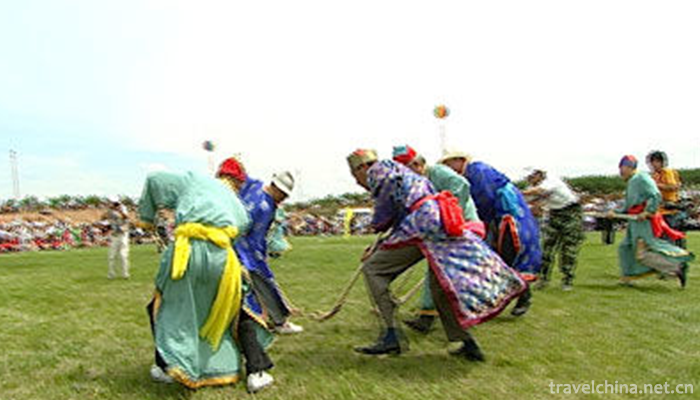
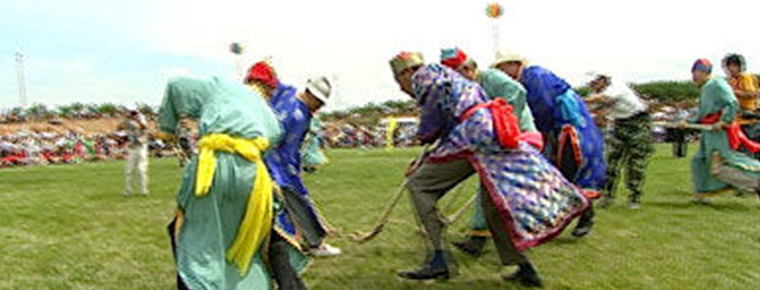
Daur traditional Hockey
-
Changbai Mountains
Changbai Mountains are the birthplace of the Yalu River, Songhua River and Tumen river. It is the birthplace of Chinese Manchu and the sacred mountain of Manchu culture
Views: 237 Time 2018-10-30 -
Pork stomach stewed chicken
Belly chicken is a very traditional dish in Hakka area. It has a long history. It was first eaten by Hakka women when they were sitting on the moon, and it had a very good nourishing effect.
Views: 273 Time 2018-11-02 -
Confucius Temple
Nanjing Confucius Temple is located in Gongyuan Street on the North Bank of Qinhuai River in Qinhuai District of Nanjing City and west of Jiangnan Gongyuan Temple, namely Nanjing Confucius Temple
Views: 224 Time 2018-12-06 -
Mupa Mipa
Mupa Mipa, a local traditional folk literature in Simao City, Yunnan Province, is one of the national intangible cultural heritage.
Views: 376 Time 2018-12-15 -
Legend of Boya Period
"When the evidence of the legendary place of Bo Yazi Period was found in Hanyang, I knew that it was hopeful to apply for the national level!" Yesterday, the reporter learned from the Provin
Views: 229 Time 2019-04-04 -
Brodo
Buyi Opera, a local traditional drama in Ceheng County, Guizhou Province, is one of the national intangible cultural heritage.
Views: 160 Time 2019-04-04 -
dongjing music
Dongjing music is a very ancient traditional instrumental music, which originated in Sichuan Province in the Song Dynasty and is now popular in Sichuan Province
Views: 205 Time 2019-04-28 -
Gallequin Art
Jia Liqin is made by Jia Xiwang of Jia Liguo, who imitates Chinese Han Zheng. The shape is similar to that of Zheng, and it is also a string and a pillar. There are twenty-one strings in the current G
Views: 201 Time 2019-04-30 -
Folk Stories of Ancient Fishing Goose
Ancient fishing geese folklore is a local folklore story based on fishery culture, which originated and spread in the Erjiegou area of Liaohe Estuary, Dawa County, Panjin City, Liaoning Province.
Views: 266 Time 2019-05-01 -
Tianjin Timing
Tianjin tune originated from Ming and Qing Xiaoqu. It was formed in the late Qing Dynasty and spread in the early Republic of China. It was sung in Tianjin dialect. The performance form of Tianjin Dia
Views: 387 Time 2019-06-20 -
Construction Techniques of Traditional Architecture of Xiangshan Band
Xiangshan Gang's traditional architectural construction techniques, local traditional handicraft techniques in Suzhou City, Jiangsu Province, one of the national intangible cultural heritage.
Views: 161 Time 2019-07-03 -
Leshan social service
By the end of 2018, there were 13 social welfare homes in Leshan City with 2908 beds and 2182 people in the hospital. The sales of social welfare lottery tickets totaled 385.69 million yuan, raised 109.75 million yuan of welfare lottery public welfare fund,
Views: 176 Time 2020-12-17
